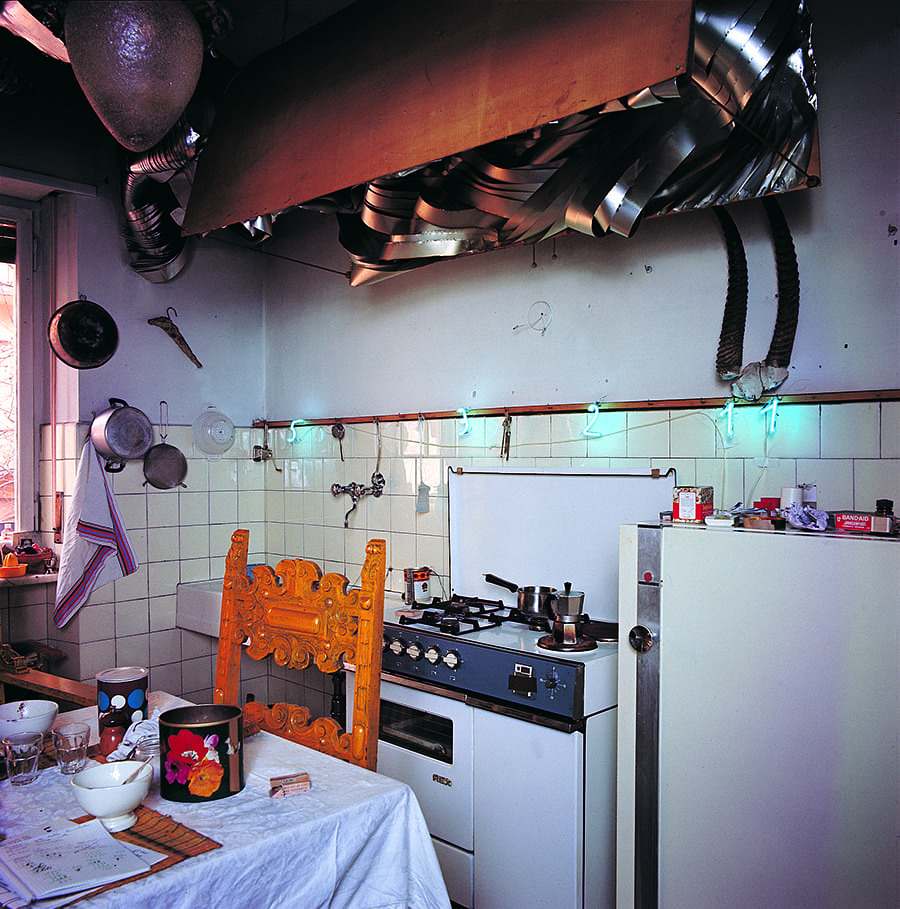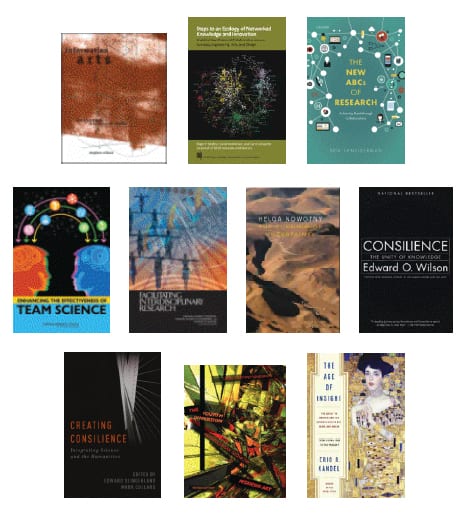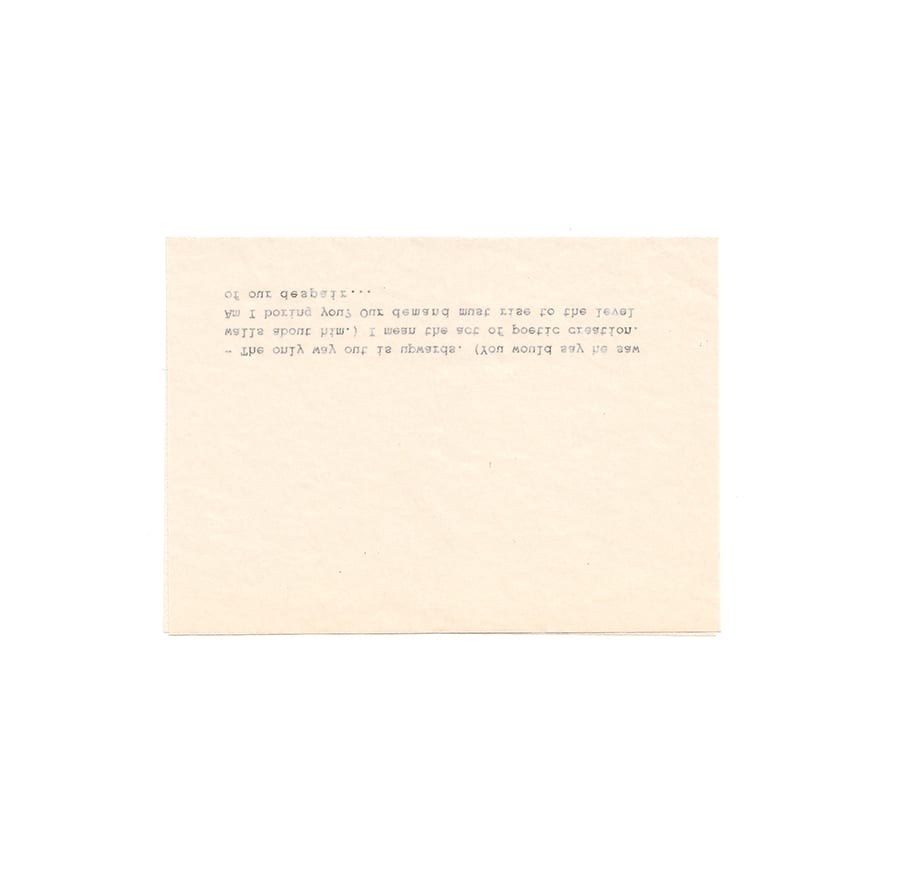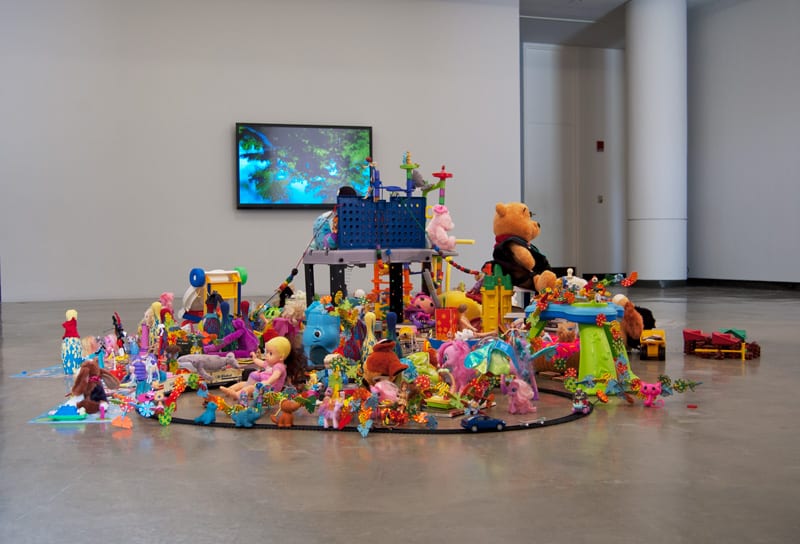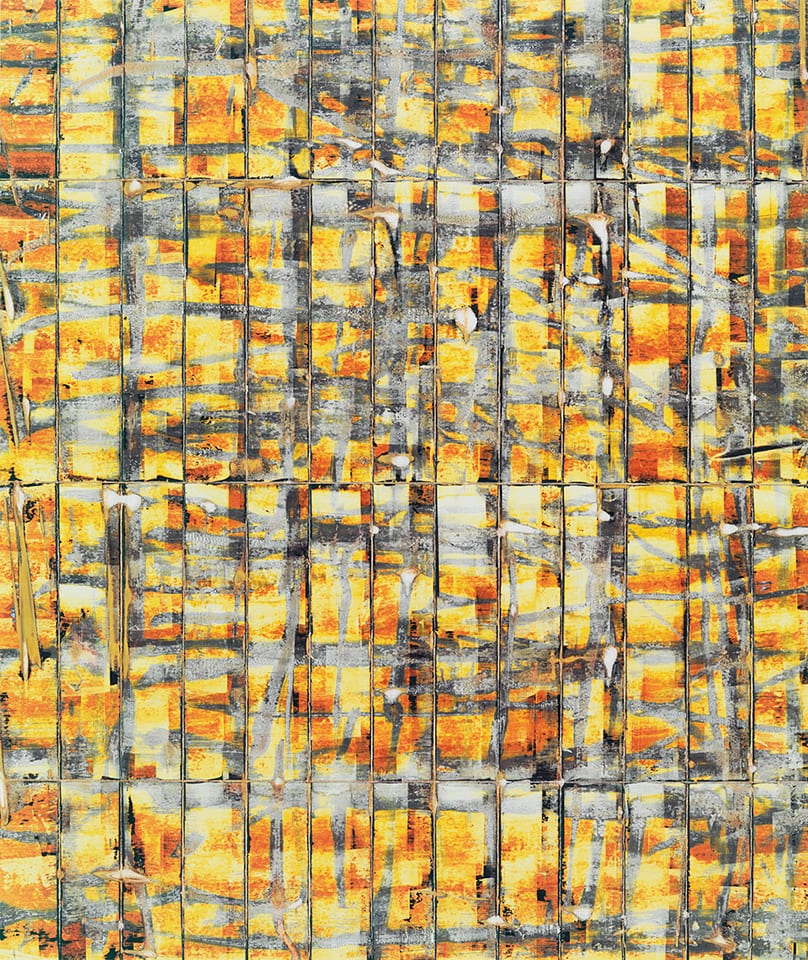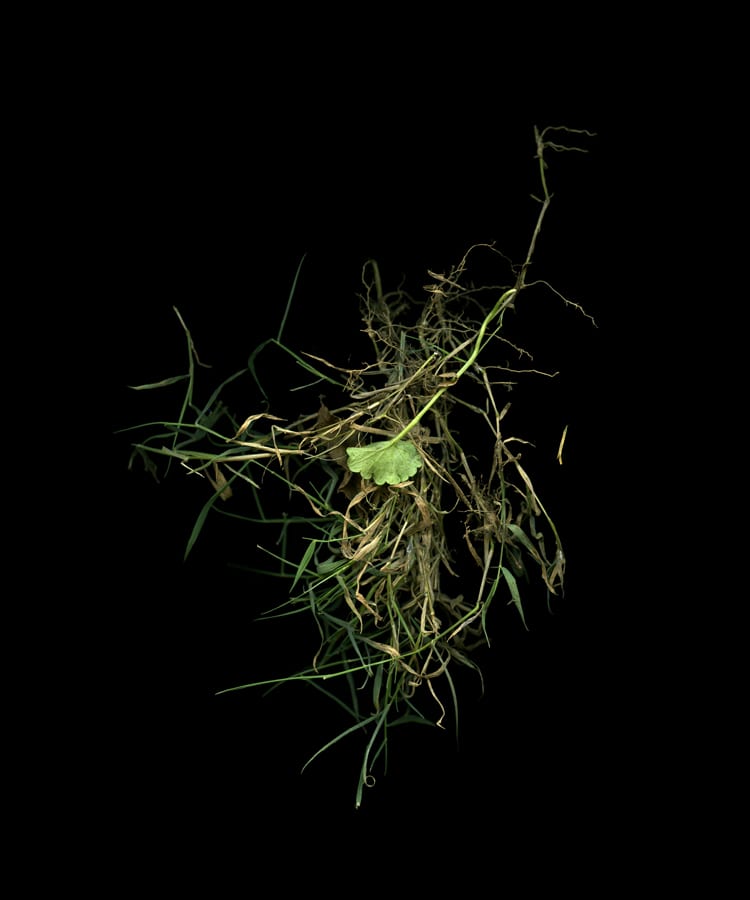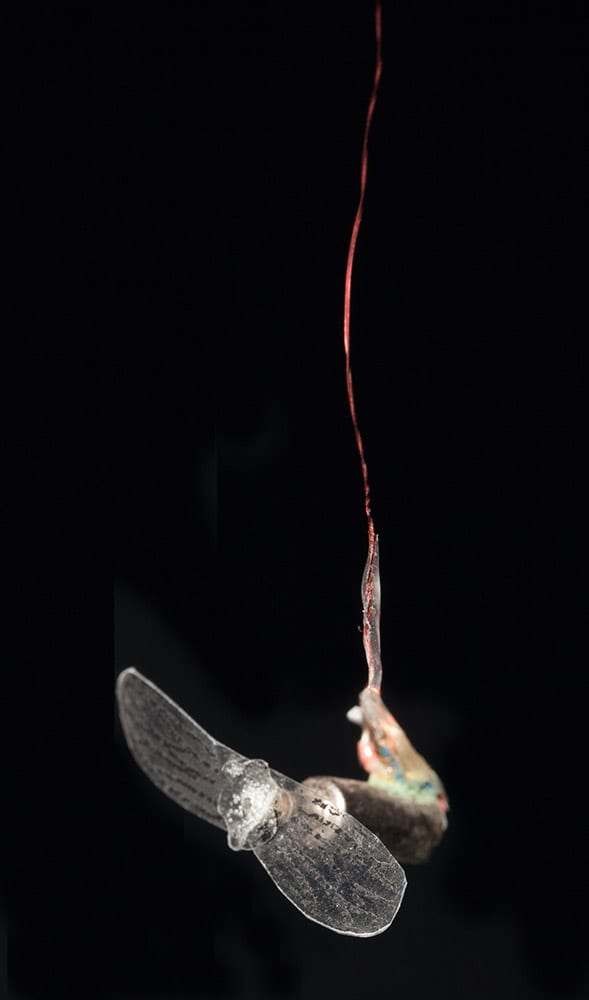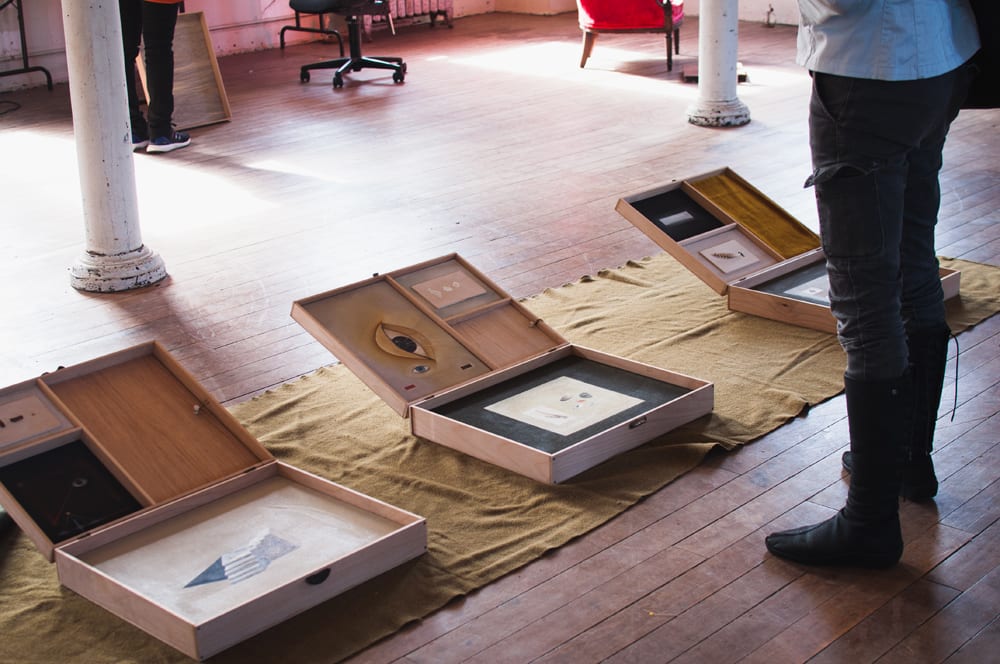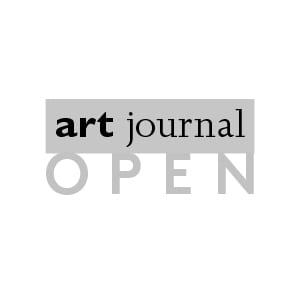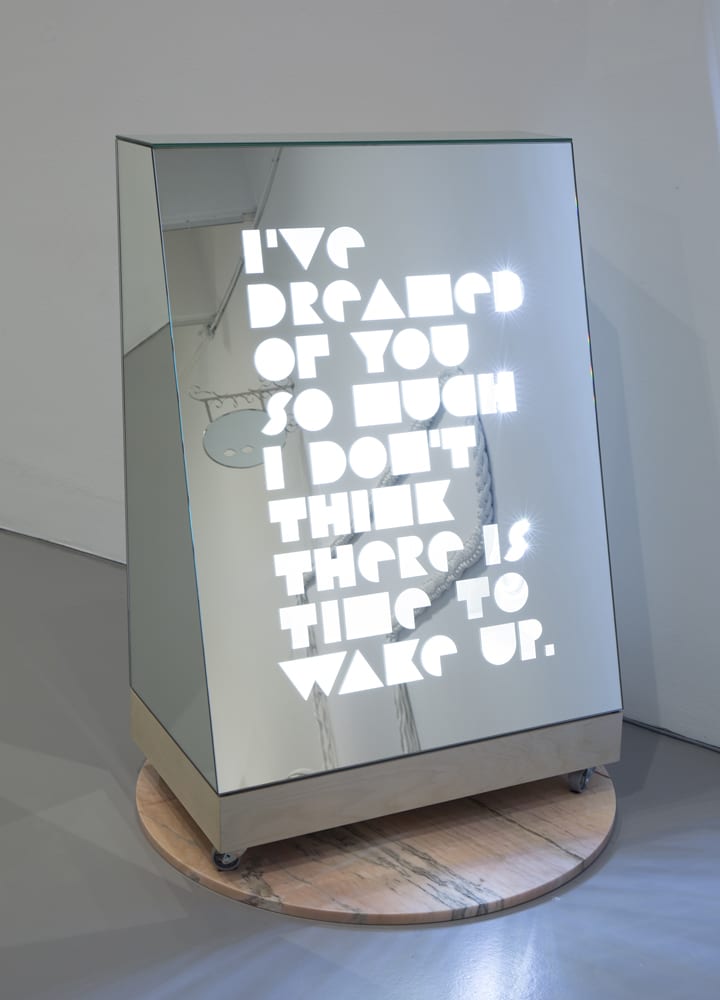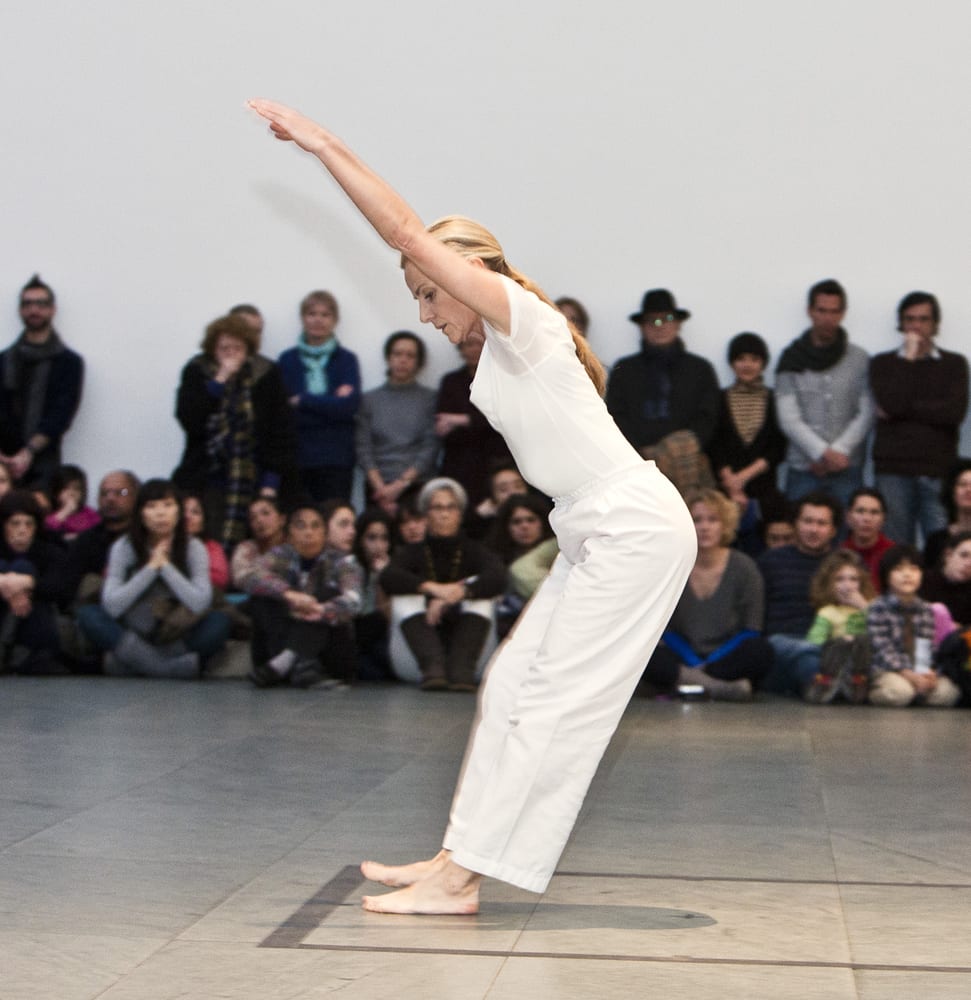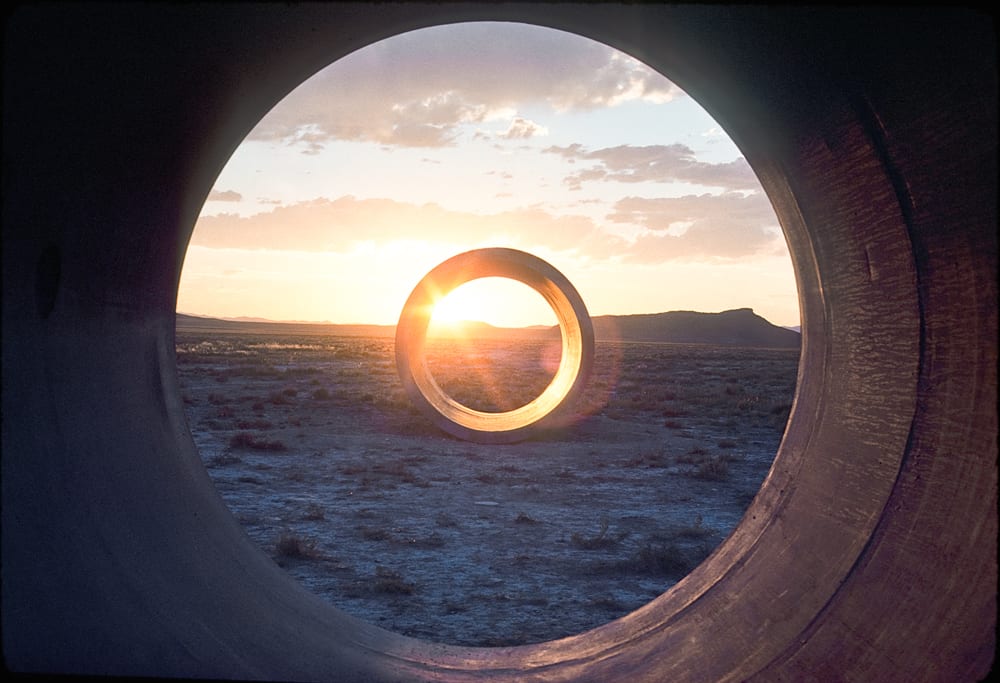By Elizabeth Mangini
In 1968, while demonstrating students occupied university buildings less than a mile away, the Italian artist Mario Merz hung a handful of neon lights bent into the numerals 1, 1, 2, 3, and 5 above the kitchen stove in his home on Via Santa Giulia in Turin. It wasn’t yet an artwork, just something to think about in the place where he and his wife, fellow artist Marisa Merz, gathered to talk with each other and with friends.

